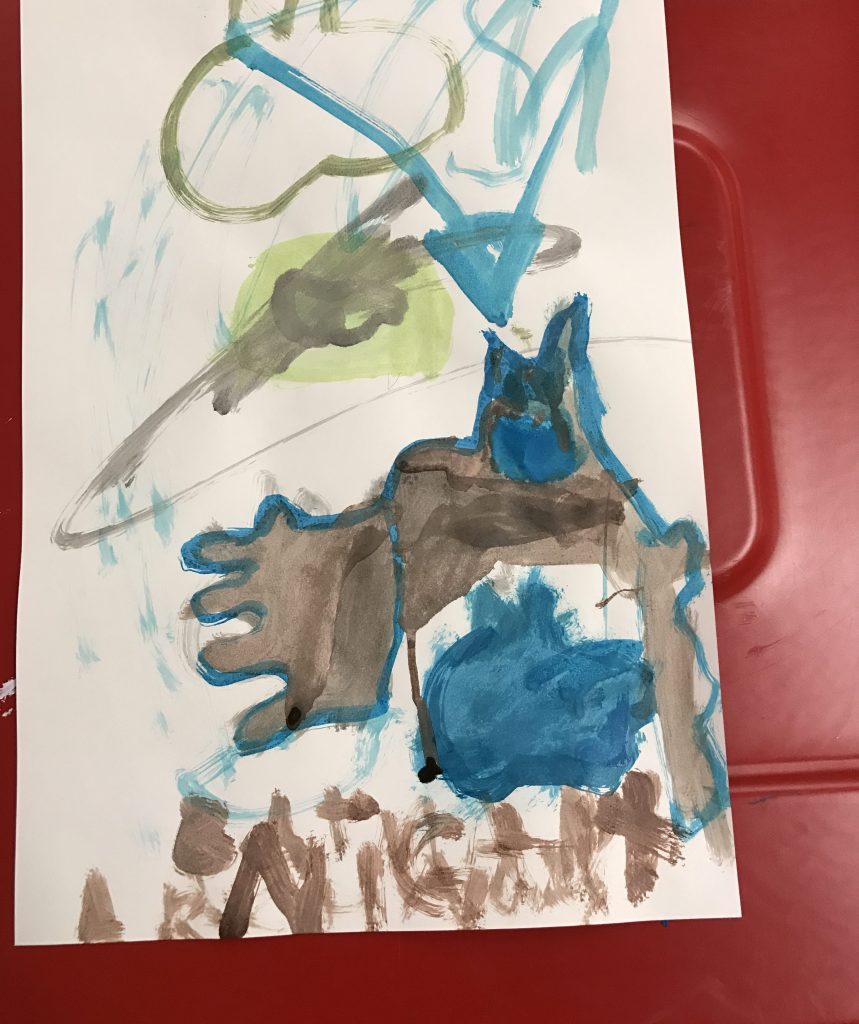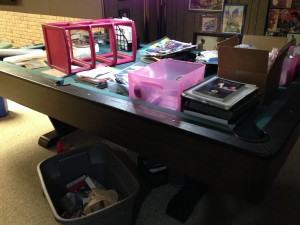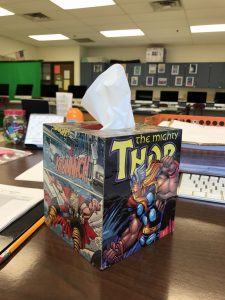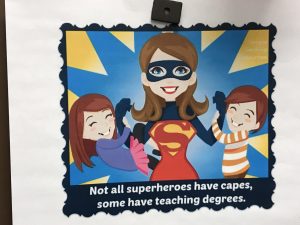Here is a synopsis of the CDC guidelines for reopening schools:
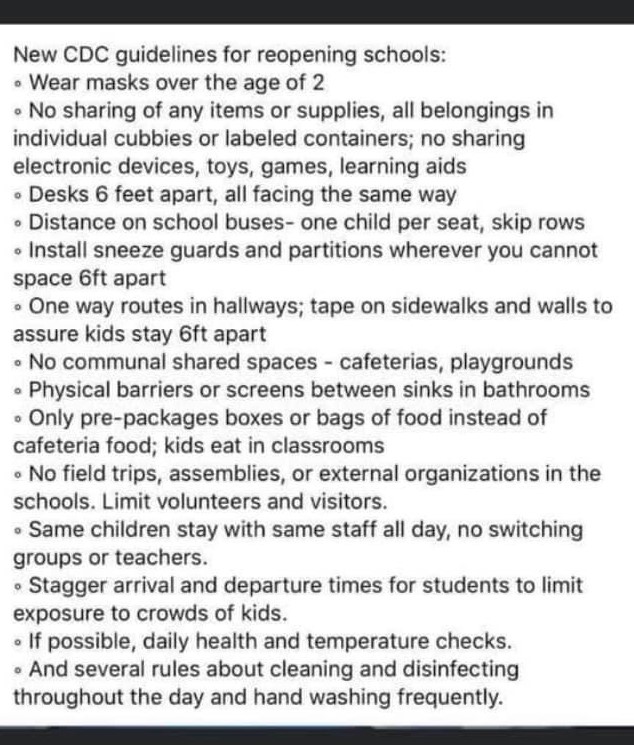
I hardly know where to start. I loved a comment by a colleague: “I can’t keep them from picking their nose or putting their hands down their pants.” Convincing 3-year-old kids to keep their masks on? You have a slightly better chance of colonizing the moons of Saturn. Convincing kids not to share crayons when we have been teaching them to share since they entered school? Will they ignore that kid who has trees but no green crayon? Or will someone slip him a crayon? I see a future with crayons and glue sticks being passed surreptitiously under desks and behind teacher’s backs.
How will we begin to teach our whole new system of interaction: Keep those crayons for yourself, dammit! It’s your glue stick! If she doesn’t have a pencil, it’s her problem! Except it will be the teacher’s problem and I predict those teachers who are spending hundreds or more to supply their own classrooms are about to spend larger sums than before.
I love those desks set “six feet apart.” Let’s do the math, We’ll say our classroom is 600 square feet in size. With luck it’s bigger, but elementary rooms often run about 30 x 20 feet. Twenty feet allows for 3 desks since 6 x 3 = 18. Except we have to figure in the actual size of the desks themselves and potentially subtract that. The room may also have cupboards, closets, shelves, and radiators on one or both sides. More realistically, I’d say two desks are possible as we cross that 20 feet, but maybe we can manage three. The thirty feet cannot accommodate 5 desks. Again, we have the size of the desks and chairs to consider. Four rows may be possible. I have not attacked the question of just where we place the teacher. He or she might even want a desk or at least a podium. That’s 8 to 12 students by my count. That’s a lovely size for classroom management. Of course it’s also only half or even a third the size of a usual class. What, oh what, will we do with all those extra students? We can’t get them all in the empty cafeteria — not if they are all six feet apart.
Where will the busses come from? A conventional school bus has 13 rows of seats, less commonly 15 rows. Those busses may transport 72 students. Except under the new rules we can seat 12 -14 kids total due to skipped rows and single seats. Some parents may opt to drive rather than put kids on the bus and staggered start times could help a bit with this problem… but the truth here is we have yet another set of numbers that simply don’t work.
For a more official take on this question: https://www.edweek.org/ew/articles/2020/05/21/too-expensive-to-re-open-schools-some-superintendents.html?cmp=eml-eb-ad_popweek_05292020&M=59584386&U=1591057&UUID=0bd866503bd6b6f20027a88f737fee71#
Carpools might be organized to fill in the gap. Maybe we can use our (nonexistent) extra money to create a whole new system of student transportation based on Ubers. Or we could employ pizza delivery cars, filling student laps with pre-packaged boxed individual pizzas to eat in their classrooms. We could knock out the transportation and lunch challenges in one Domino’s swoop — with lots of healthy vegetables placed between the slices of pepperoni. Uber drivers or pizza delivery guys will definitely be easier to manage than all the as-yet-unhired bus drivers to drive the phantom busses required to somehow get America’s children to school.
I am so clear that the CDC has never investigated the workings of elementary school bathrooms. Or middle school bathrooms. By high school, the water in those bathrooms is no longer flying around — with advancing age, the fascination with faucets and water play does seem to decline — but I recall a middle school student who once spent a whole day skipping school in a boys’ bathroom just a hop and a skip from the front office. He and his friends apparently had a perfectly fine day from his description, despite the smell. I also remember a couple of fire drills that resulted from students throwing water on smoke detection devices. I don’t know how or why that works, but I know I ended up standing out in the snow. Mostly middle school bathrooms work better than elementary school bathrooms, too. Any teacher who lets a large group of elementary or preschool school kids loose unsupervised in a bathroom has not been teaching long or has done a truly excellent job of teaching classroom norms. Because that’s a recipe for play, one that sometimes requires a change of clothes and custodian later. I don’t see how physical barriers or screens will help a lot. Those screens had better be well-secured, and at upper levels districts should plan to lay in the appropriate paint colors to cover the graffiti.
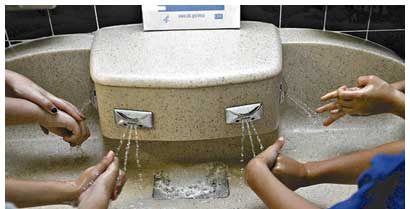
I expect hand washing galore for all the right reasons. But have any of those CDC folks watched a group of elementary kids in the washroom? Semicircular sinks with foot pedals remain common out in our schools. Splash, splash. Giggle giggle. Splash splash. By a certain age, that elementary school teacher can’t easily monitor the opposite sex bathroom either. By middle school and high school… ummm, in addition to the many new expenses the CDC list adds, like phantom busses. we probably should throw in bathroom monitors.
And let’s be clear: Kids are always getting sick. Forget COVID-19 for a moment. If we start taking temperatures, we will find temperatures. There’s this glistening skin, with red eyes and cheeks, although a vampirish pallor can also signal trouble. Sometimes these kids are hunkered down in their hoodies or even winter coats. They tend to be unusually silent. I always send them to the nurse as soon as I spot them. She takes their temperatures, then calls home. When parents are not at home, she sequesters their febrile bodies in the nurse’s office. So will we COVID-test all those students with fevers and coughs? Some months that might add up to one-quarter of a classroom. Daily health and temperature checks? What will we do in the case of temperature spikes when no one is picking up the phone?
Eduhonesty: Little kids won’t wear masks. You can put all the tape you want on the floors. Those properly distanced straight lines will never hold. The expense for those extra busses, gas for the busses, partitions, barriers, screens, duplicate crayons, duplicate glue sticks, duplicate pieces of technology, masks, and extra cleaning supplies? Not to mention staffing the bathrooms? Finding that money would be a miracle given the number of schools in this country that still ration paper for copies.
But the silliest part of this plan has to be the health and temperature tests. The CDC must never have listened to the audio for a late fall or winter classroom. It’s amazing how much coughing goes on in schools in November, December, January and February. Cough, cough, cough, cough, cough, cough, cough.
In short: Plan A is insanely expensive and therefore utterly impractical.
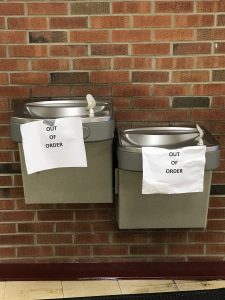
P.S. In the area of unintended consequences, teachers are currently being riffed or nonrenewed all over the country. My social media feed is a sea of men and women who find they have no job. I am certain that many of those teachers whose jobs evaporated are the victim of numbers — the numbers that making superintendents say that schools cannot reopen under the new guidelines because schools cannot afford to reopen. What do you do when you are a district running on financial fumes — as many districts were before the start of COVID-19? You tell newer staff members that they cannot rely upon a job in the fall. Maybe you even tell them they definitely have no job. Districts afraid they cannot afford their busses will cut staff, waiting until fall to determine the absolute minimum amount of classroom coverage they require. Many of the laid-off will be rehired. But right now, they are freaking out all over my social media feeds.

